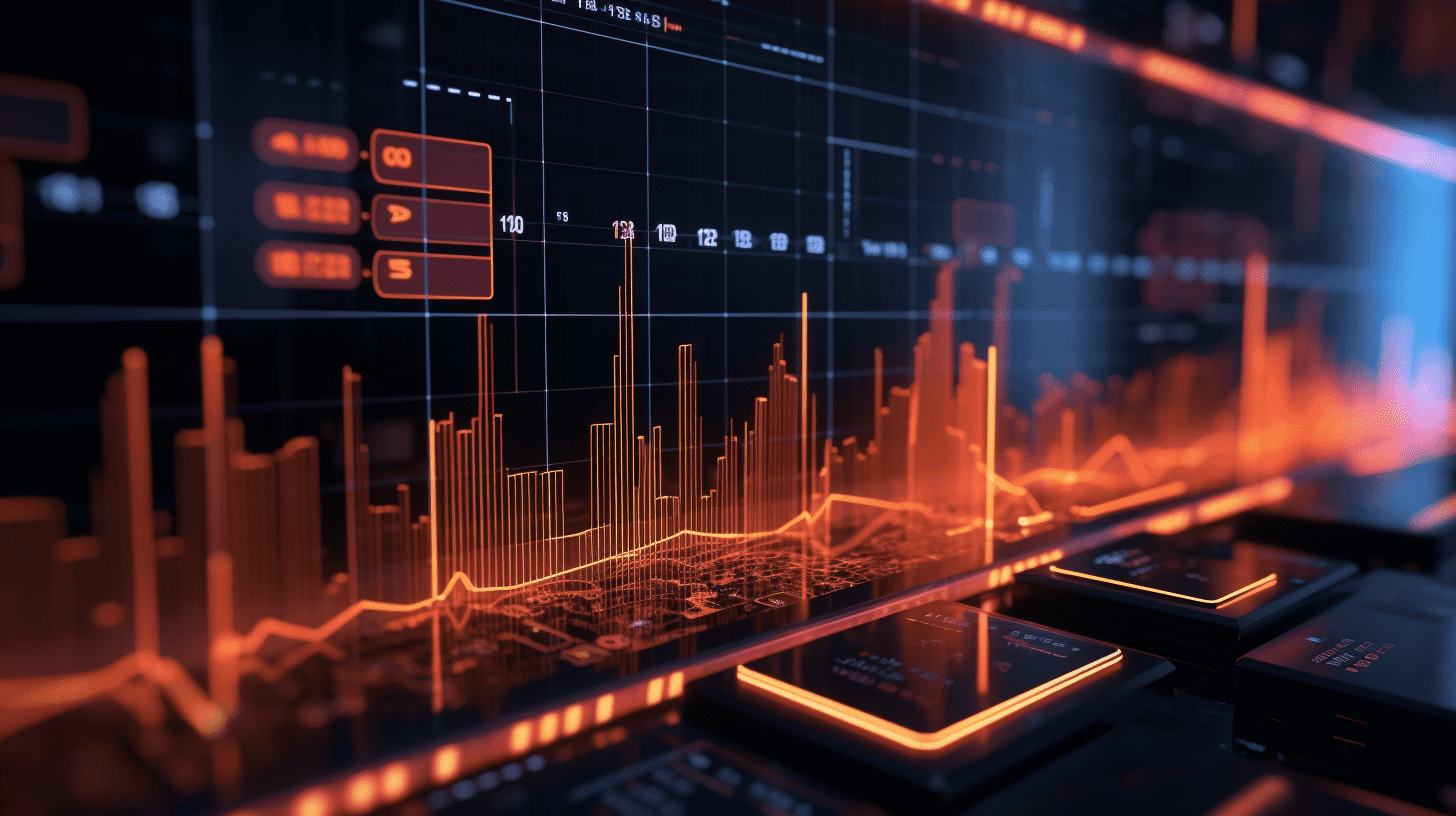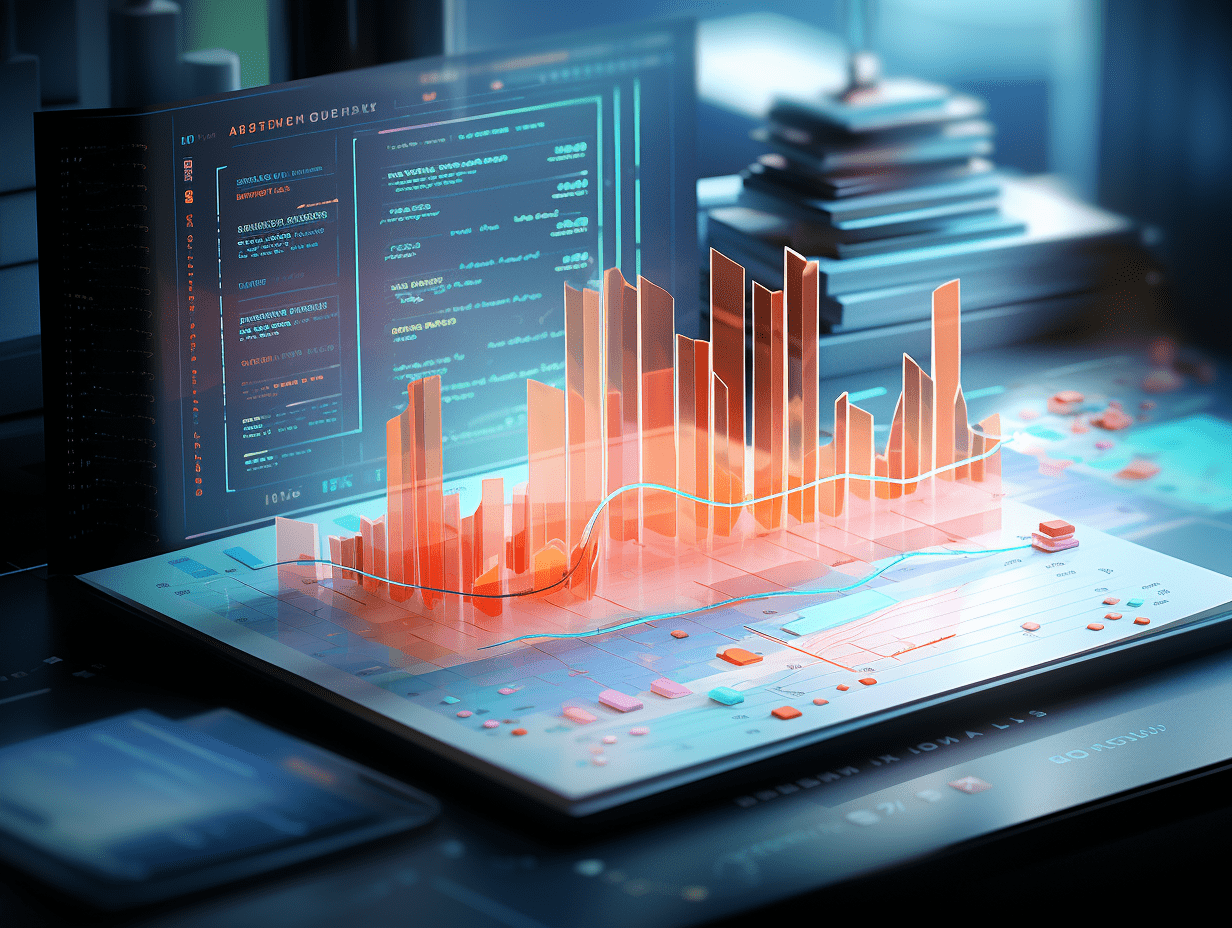
CITIC SEC: Battery and energy management industry sub-materials begin to differentiate, capital expenditure continues to tighten.
CITIC Securities released a research report stating that in Q3 2024, the capital expenditure growth rate of most links in the lithium battery industry further slowed down, with the total fixed assets and construction in progress growing at a rate even lower than downstream demand growth. The proportion of construction in progress to fixed assets further decreased, with some links such as iron-lithium positive electrodes reaching historical lows, and the supply-demand landscape continued to improve; areas such as batteries and structural components showed strong profit resilience, while some material links were under pressure in terms of overall profitability, but there was differentiation within them, with some companies achieving performance recovery through product and cost differentiation.
In addition, in the European region, new energy vehicle sales have significantly slowed down due to subsidy cuts, but benefited from replacement subsidies and model iteration, domestic new energy vehicle sales continue to grow steadily and monthly penetration rates continue to increase. The demand continues to improve on a month-on-month basis. Looking ahead, the domestic new energy vehicle market is expected to maintain steady growth, and the European market is expected to resume growth in 2025-2026 due to stricter carbon emission assessments and the release of new vehicle models. Global energy storage demand is expected to maintain rapid growth driven by factors such as cost reduction and improved economy. It continues to be optimistic about the industrial chain, with leading companies in various sectors of the industry chain further expanding their competitive advantages in terms of technology, cost, and profitability.
Key viewpoints from CITIC Securities:
Summary: Profitability in most links have bottomed out, and capital expenditures are at a relatively low level.
Listed companies in the battery and energy management industry recently disclosed their third-quarter 2024 reports. Analysis was done on 104 listed companies as sample data, divided into 16 sub-sectors, including: upstream - lithium carbonate; middle stream - batteries, motor control, ternary precursors, ternary cathodes, iron-lithium cathodes, anodes, separators, electrolytes and hexafluorides, structural components, copper foils & aluminum foils, auxiliary materials/additives, lithium battery equipment; downstream - vehicles, energy storage. The overall revenue of the industry chain in Q1-Q3 2024 decreased by 2.9% year-on-year, with a 4.9% increase in Q3 and a 17.8% increase in ternary cathodes, which was the highest in the entire industry chain.
The overall net profit attributable to the parent company in the industry in Q1-Q3 2024 decreased by 26.9% year-on-year, with stable growth in profit for batteries and structural components, and a narrowing of losses for iron-lithium cathodes. The overall net profit attributable to the parent company in Q3 2024 decreased by 9.1% quarter-on-quarter, but some links have already begun to recover, with a significant reduction in losses for iron-lithium cathodes. Capital expenditure growth in the industry is continuing to slow down, and the supply-demand structure is expected to further optimize, leading the industry chain profitability into a sustained upward trend. Looking ahead, as downstream demand rebounds driven by technological innovations such as high-voltage fast charging and solid-state batteries, the industry's profit levels are expected to further increase.
Upstream resources: Lithium carbonate profitability improves, while overall gross profit margin decreases
In Q3 2024, lithium carbonate prices continued to decline, but industry profitability has shown signs of improvement. The overall revenue of the resource end in Q1-Q3 2024 was 55.9 billion RMB, a year-on-year decrease of 49.0%, with a revenue of 17.9 billion RMB in Q3 2024, a year-on-year decrease of 45.4% and a quarter-on-quarter decrease of 13.5%. The net profit attributable to the parent company in Q1-Q3 2024 was -1.74 billion RMB, a year-on-year loss, with a net profit of 650 million RMB in Q3 2024, a year-on-year decrease of 85.5% and a quarter-on-quarter increase of 61.4%, indicating a significant improvement in profitability. The gross profit margin of the lithium carbonate sector in Q1-Q3 2024 was 28.7%, a year-on-year decrease of 19.7 percentage points, with a gross profit margin of 27.8% in Q3 2024, a year-on-year decrease of 9.4% and a quarter-on-quarter decrease of 6.1%. Overall, in Q3 2024, the net profit attributable to the parent company in the lithium carbonate sector showed marginal improvement.
Middle stream links: Battery and structural component profitability remains stable, while iron-lithium capital expenditures decrease significantly year-on-year
In the battery sector, in Q3 2024, revenue was 142.1 billion RMB, a year-on-year decrease of 6.4% and a quarter-on-quarter increase of 4.3%, with a net profit attributable to the parent company of 15.1 billion RMB, a year-on-year increase of 27.4% and a quarter-on-quarter increase of 4.2%. The increase in revenue was mainly due to the recovery of downstream demand, with profit growth matching revenue growth. In the lithium battery material sector, affected by fluctuating metal raw material prices and decreasing processing fees, most material links in Q3 2024 were under pressure in terms of net profit attributable to the parent company, but there was significant differentiation among companies within the sector, with some companies achieving performance recovery through product and cost differentiation.
Looking in detail, ternary precursors showed a relatively strong growth rate, structural component links achieved positive quarter-on-quarter growth, and losses in iron-lithium links narrowed quarter-on-quarter. In addition, capital expenditure growth rate in the material sector in Q3 2024 further slowed down, with the proportion of construction in progress continuing to decrease. For example, in the iron-lithium positive electrode sector, the industry's capital expenditure in Q3 2024 was approximately 1.23 billion RMB, a year-on-year decrease of 62.3% and a quarter-on-quarter increase of 3.72%, with the proportion of construction in progress to fixed assets at 28.0%, a year-on-year decrease of 18.2 percentage points and a quarter-on-quarter decrease of 5.96 percentage points.
Downstream links: Gross profit margin increases in new energy vehicles and energy storage
New energy vehicles: As the penetration rate of new energy vehicles continues to increase, the overall revenue of the vehicle sector in Q1-Q3 2024 was 1.37 trillion RMB, a year-on-year increase of 6.6%, with a net profit attributable to the parent company of 45.8 billion RMB, a year-on-year decrease of 1.7%. In Q3 2024, revenue was 504.6 billion RMB, a quarter-on-quarter increase of 7.,9%, with a net profit attributable to the parent company of 15.1 billion RMB, a quarter-on-quarter decrease of 19.1%, and a further increase in gross profit margin.
Energy storage: The overall revenue of the energy storage sector in Q1-Q3 2024 was 23.3 billion RMB, a year-on-year decrease of 2.9%, mainly due to increased competition in the energy storage product market, continuous price reductions, and although shipments have increased, the overall scale of revenue has declined. In Q3 2024, the overall revenue of the energy storage sector was 7.6 billion RMB, a quarter-on-quarter decrease of 6.1%. As for profits, the net profit attributable to the parent company in Q3 2024 was 160 million RMB, a quarter-on-quarter decrease of 37.0%, with a gross profit margin of 22.9%, a quarter-on-quarter increase of 1.2%, indicating a slight increase in gross profit margin for three consecutive quarters.
Investment strategy
CITIC Securities stated that they are optimistic about the industry chain's leading companies in each sector, which have further expanded their competitive advantages in terms of technology, cost, and profitability.
Regarding investment strategy, the recommendation is to focus on three main areas: first, focus on sectors with stable profitability, strong growth certainty, and strong profitability in the future; secondly, focus on new energy vehicles, batteries, structures.Component head company; second, the profits are at historic lows, are expected to continue to improve on a month-on-month basis, and capital expenditure growth has significantly slowed down. The material sector with the potential for continuous optimization of supply and demand patterns, suggesting a focus on the head companies of the lithium battery midstream material sector such as cathode, anode, separator, and electrolyte. Third, from the application end, the energy storage sector, where costs have dropped significantly and the economy has significantly improved, with high-speed growth in domestic and foreign installed capacity demand, it is recommended to focus on energy storage companies that are expected to have double elasticities in shipping volume and profits.Risk factors:
The sales of new energy vehicles do not meet expectations; intensified competition in terminal prices; cost reduction is not as expected; fluctuations in policies related to new energy vehicles; technological progress is not as expected; fluctuations in raw material prices; demand for energy storage installations is not as expected, etc.
©️2013 - 2024 GMT EIGHT Holdings. All Rights Reserved.
Contact: contact@gmteight.com


